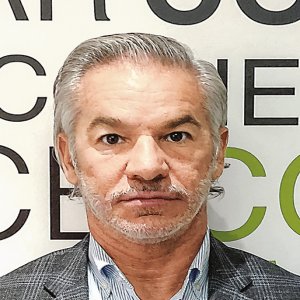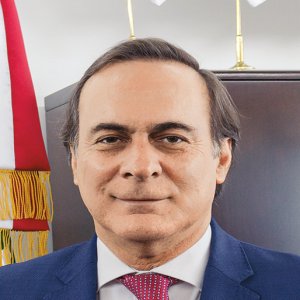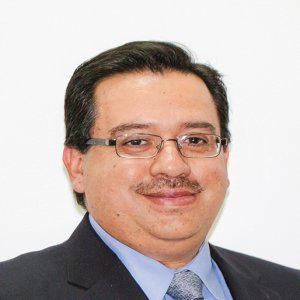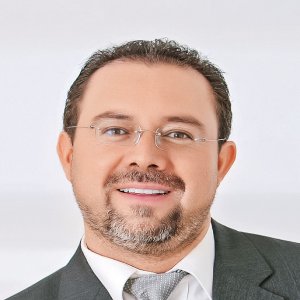Master Organizational Plan Puts People Front and Center

STORY INLINE POST
Q: What are SEDATU’s main objectives as a recently established ministry?
A: SEDATU has numerous obligations, which include being a bridge between other ministries, such as SCT, the Welfare Ministry and SADER. We are also in charge of the National Housing Plan and, thanks to a change in legislation, SEDATU is responsible for defining public policies regarding housing, which was previously the purview of the National Housing Commission (CONAVI). We are working closely with FOVISSSTE, INFONAVIT and BANOBRAS to define the best strategies for the housing sector and our goal is to create a policy that understands housing as more than just an economic indicator. The economic element is central and important but we also need to focus on reducing the existing lag in social housing. We need to start considering the housing model, its characteristics and what happens with houses a few years after they are constructed. The endgame is to support the segment of the population without access to the social housing system and housing financing mechanisms like INFONAVIT.
Another of our responsibilities is the regularization of urban territory and the national agrarian registry and policy, which refers to land ownership. We are also looking to encourage a generational change in ejidos and to incorporating women into the decision-making process in agrarian centers. Finally, we will work for and contribute to the generation of a more robust and structured life in agrarian centers.
Q: What alliances has SEDATU established with international organizations?
A: We are working with several UN institutions and we have a collaboration agreement with FAO. The idea is for them to help us evaluate the national agrarian policy. However, this is not our only approach with international organizations. Mexico has agreed a set of international obligations and we have the responsibility to see them through. Examples of this are the UN’s Sustainable Development Goals and the implementation of the 2030 Sustainable Development agenda.
Q: What is SEDATU’s role in the reconstruction efforts following the September 2017 earthquake?
A: Regarding the National Reconstruction Plan, we are working alongside the Ministry of Land-use Planning, which focuses mostly on the middle part of Mexico. We are confident that state authorities will complete the reconstruction projects effectively. We are supporting other states, Morelos being our priority, but also Oaxaca, Puebla, State of Mexico, Tlaxcala and others where there is a lag in reconstruction of housing, health and educational infrastructure, along with cultural and INBA-protected landmarks.
There are three topics in which we want to focus regarding the reconstruction program. The first is finishing on time and ensuring the requisite quality. We expect to do most of the work during 2019. We also want to finish equipping health and education centers. We want to also start the reconstruction of cultural patrimony, such as churches. However, we understand this is a more artisanal procedure that requires the use of special construction techniques, which means the process could take three to four years to complete.
Q: What do you want to achieve by the end of the current administration?
A: We need to find mechanisms to provide decent, welllocated and culturally adapted housing. Building a house in Oaxaca is different than in Chihuahua. Materials, climate and the house layout, to name a few, are all different and it is the government’s obligation to generate guidelines that establish these differences so social housing can adapt its standards.
We also expect to grow our urban development program. This is a very specific initiative for areas within cities where there are significant lags and that have considerable development opportunities. Today, we are supporting 10 border cities plus five more with a tourism calling. We expect to end 2023 with 100 cities affiliated to the program.























